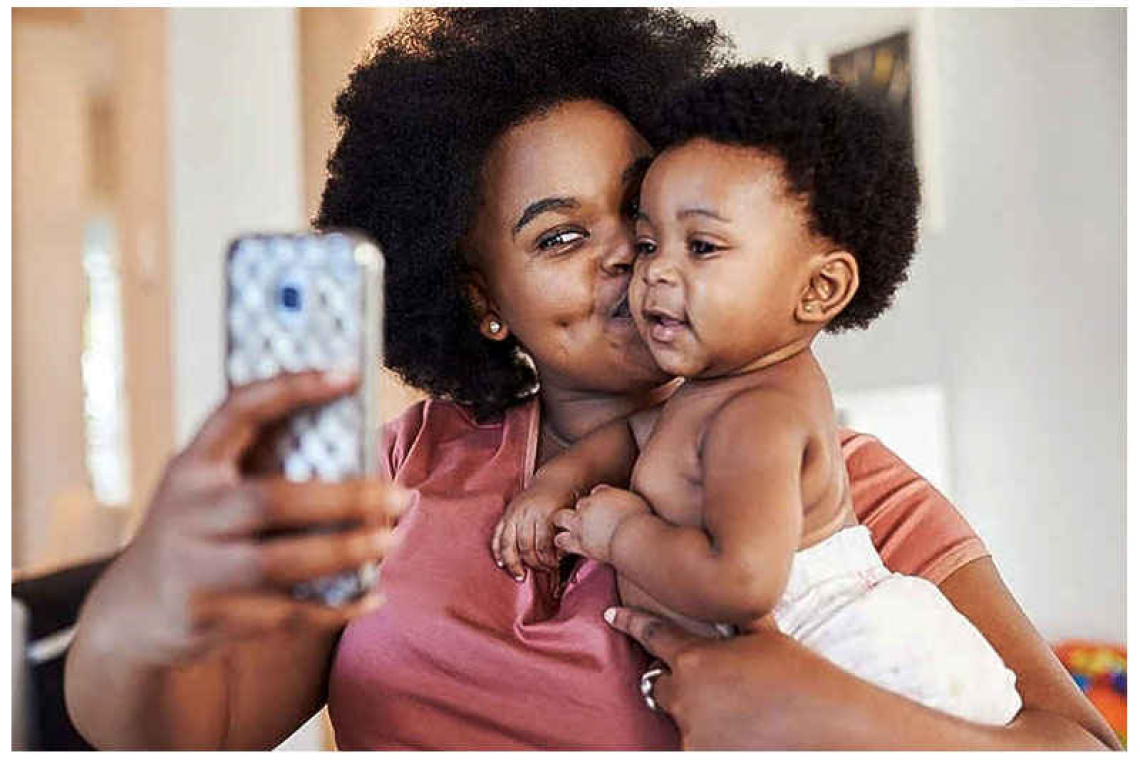Author: Dr. Colin Michie, FRCPCH FRSPH FLS
Smiling babies are special. Most of us are drawn to engage with them. Almost all of us fill with wonder at a baby’s smile, and at their laughs and giggles. It makes us feel warm inside. Why is that kindness, charm and fun radiating angelically from these small humans? Their sparkling gazes and smiles are like gifts of humanity. A baby’s smile instantly melts those tyrannies of boundaries, controls, clock-watching, hierarchies, and loneliness. This creative spark crosses social and cultural borders. And these performers will not be seeking a selfie!
The smile of a baby, this magic-like cuteness, is not free – it has several purposes. Studies suggest infants are likely to want smiles back. They are smiling because they are inviting communication, interaction, and experiences in a new world. Their smile is helped by the attraction most adults have for their rounded baby faces, high foreheads and relatively bigger eyes – the baby schema. Having linked with you, babies continue to smile at your “funny faces”, crude noises such as blowing raspberries, peek-a-boo, and tickling. These early social interactions link them to their parents, carers, and communities. A crucial start to the processes of learning to play.
Before they crawl, walk, or coordinate their touch and pointing, babies need their carers to get them up to social speed. They need siblings, parents, and people to learn from – so they watch faces, follow what those faces look at, and try to attract attention with smiles or giggles. As their necks and spines strengthen, their vision becomes more mature. Baby brain volumes grow and neural cells network rapidly. This new person is developing cognition and skills through the power of smiles. More early smiling and positive interactions in families lead to more positive outcomes when those children leave for school.
Movements can be seen that resemble smiles on a foetal face in utero. New-born infants may smile briefly in their sleep. By six to 12 weeks of life, smiling becomes social. Babies learn how to respond to a voice, a face, the touch, or sight of their parents. Infants recognise their mother’s voice, the languages and music around them, probably because they can hear these during pregnancy. They need to feel safe, to communicate with their families and to invite play. Babies are not loners! Smiling helps their early development of identity and understanding. At about four to six months, most babies begin to laugh and make early speech-like noises. After six or seven months, they will tend to check their parents for cues before responding with smiles in games such as peek-a-boo. By a year, children begin to copy humorous situations. At two to three years, they will develop activities such as copying or clowning, to elicit interactions. Each of these represents steps in their progress in understanding their worlds.
Smiles have practical uses in supporting the family of a new-born. If a baby does not smile or laugh by three or four months of age, some checks need to be made. Sometimes parents have challenges caring for their infant. Perhaps a mother has difficulty herself with smiling, laughing and playing. This might happen, for instance, if she is suffering with post-natal depression, or is experiencing difficulties coping. Less frequently, the infant should be examined, as they may have a problem with vision, hearing, or autism. Such conditions can delay infant communication – all can be treated, and therapies should begin as soon as possible.
Babies, most of them smiling ones, were the subject of over half of all photographs taken in the 1960’s. This proportion decreased with the invention of mobile phones and the Internet, but thank goodness they remain popular. Designs from cinema, cartoons or emoji’s, capture the magnetic warmth that emanates from the smiles of young people. Smile designs are not only used by gamers, dentists or plastic surgeons, they also guide treatments for babies born with facial problems – in particular, cleft lips and palates. Clefts are a relatively common congenital problem, more so of the lip. In the second and third months of pregnancy, tissues at the front of the face fuse together to create the palate, lips and nose. Orofacial clefts can often be detected on an ultrasound scan before a baby is born. It appears they are more common if pregnant mothers drink alcohol or smoke tobacco; diabetes and certain medications also increase risks to the foetus. Surgical procedures for these conditions have evolved greatly. Careful procedures performed in several stages can now ensure such children can develop normal feeding, speech, hearing and, of course, smiles.
In these anxious times when mental health is challenged, remember the smiles of infants and children. Listen to their laughter. This ancient human skill might help all of us communicate and learn how to manage life in a changed world. St. Martin has great experience with this as we are, after all, The Friendly Island.







